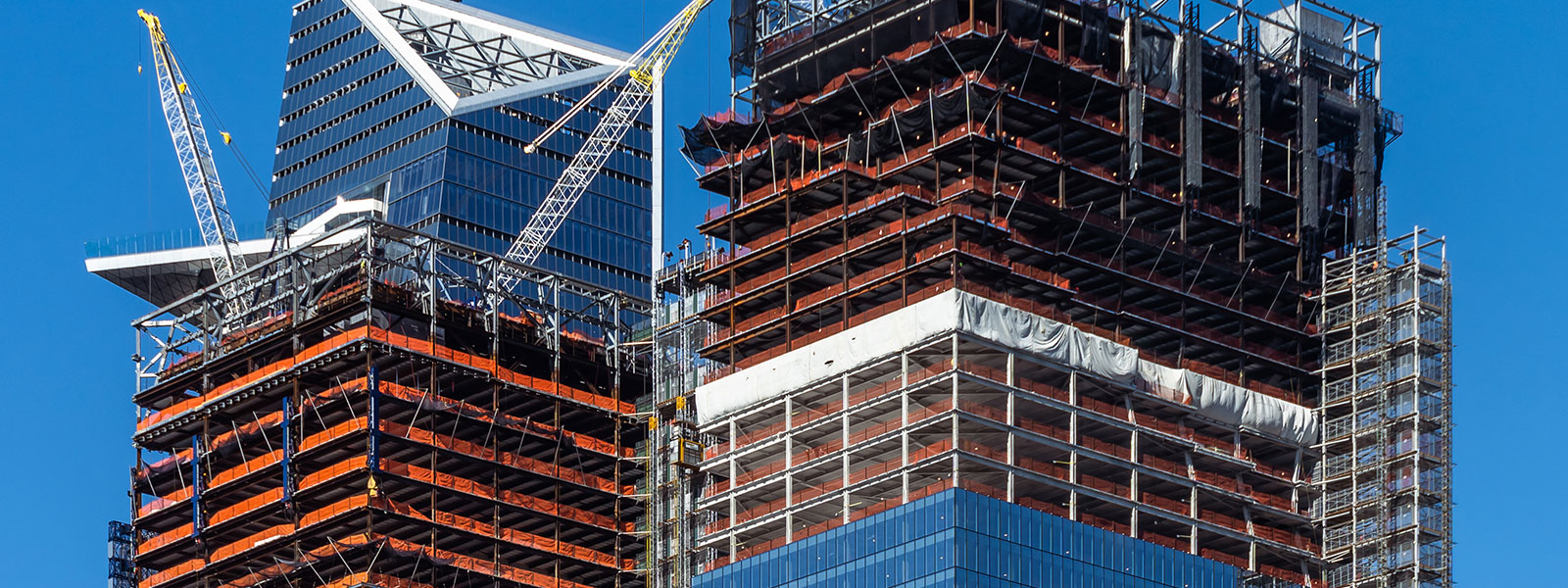US M&A settles back down
Deal value in the first half of 2022 could not match the record-breaking level of activity in 2021

US M&A deal levels remain robust, despite dropping from historic highs set in 2021
US M&A activity eased off in the first half of 2022 following an annus mirabilis for US M&A in 2021. Total value slipped to US$995.3 billion, a 29 percent year-on-year fall, though this is consistent with dollar volumes seen before the pandemic and so remains healthy by historic standards. Deal volume also fell, by 21 percent to 3,818 transactions. While this also remains above average, there was a material softening in the frequency of deals moving through Q2, which saw a quarter-on-quarter drop of 22 percent to levels last seen in Q1 2020, when the market was just beginning to recover from the initial shock of the pandemic.
A lot has happened this year to test acquirers’ nerves. Inflation concerns had already begun to set in before the war in Ukraine started. The conflict catalyzed further unease in capital markets as well as exacerbated supply chain troubles which have, in part, contributed to inflationary pressures. The S&P 500 officially entered a bear market in mid-June, and the Federal Reserve has embarked on a monetary tightening program to bring prices under control, leading to an increase in financing costs.
Regulations are another consideration. The SEC has taken the SPAC market to task, proposing accountability for deal parties and intermediaries for inflated projections. This type of transaction ground to a standstill in Q2 this year, as participants digested their risk exposure and the implications of the regulator’s proposals weighing on overall M&A volume. More recently we have seen some truly innovative SPAC structures that have the potential to re-stimulate interest in these deals.
For the most part, the US M&A market has stood up impressively to everything that has been thrown at it, which alone is solid grounds for optimism. Despite technology stocks being sold off heavily in equity markets, the sector has once again outperformed on the M&A front as companies and PE sponsors, who remain heavily armed with dry powder in spite of the more challenging deal financing conditions, continue to be attracted to innovation.
The fall in price-to-earnings ratios in the public markets and EBITDA multiples in private markets mean that, all else being equal, acquisitions are more attractive today than they were a year ago. Naturally, investors remain cautious as they closely watch how inflation plays out, the Fed response and the impact of those actions on underlying economic growth. However, the second half of 2022 has the potential to reclaim some of the confidence lost in recent months.
Deal value in the first half of 2022 could not match the record-breaking level of activity in 2021

Despite facing economic and regulatory hurdles in H1, PE dealmaking remains resilient, and looks set to reach its second-highest value on record

After a series of rollercoaster years for the SPAC market, investors and sponsors are finding ways to improve deal integrity


Red-hot demand for warehouse space drove dealmaking in the sector in H1
Explore the data
US real estate M&A continued on from a strong 2021, more than doubling in value from US$45.8 billion in H1 2021 to US$95.8 billion in H1 2022, while deal volume rose 59 percent to 46 over the same period.
Significantly, real estate was among the only sectors to post a year-on-year increase in activity within the US. The sizable increase in deal value was in large part due to the largest deal of the year so far in the sector, Duke Realty’s US$27.9 billion acquisition by US warehouse landlord Prologis, pending approval by shareholders and regulators. Although this transaction was an outsized one compared to the rest of the market, the increase in deal volume is also a promising sign for deal activity across the whole sector.
US$95.8
billion
The value of 46 transactions in the US real estate sector in H1 2022
59%
Percentage increase in deal volume compared to H1 2021
The Prologis/Duke Realty deal was driven by the soaring demand for warehouse space, thanks to the continued boom in e-commerce and rapid delivery services since the start of the COVID-19 pandemic.
E-commerce players have themselves been buying up land for development across the US, as they race to meet rapidly rising demand. Amazon, for example, doubled its owned real estate portfolio to 16.7 million square feet across North America in 2021, up from 8.5 million at the end of 2020, according to an annual financial report. Last August, the company spent US$85 million on a 133-acre site in Sunrise, Florida, where it plans to build a fulfillment center.
With interest rates on the rise, stock prices have been under some pressure. Yet the underlying core value of real estate assets remains strong, as the sector is seen as recession-resilient, offering a long-term stable investment option.
This has been a particular trend seen in multifamily residential rental properties. Expectations that rents will keep rising are curbing any investor worries about rising inflation, with demand for rental housing set to remain strong. With these factors in mind, M&A in residential REITs could increase in the rest of this year.
White & Case means the international legal practice comprising White & Case LLP, a New York State registered limited liability partnership, White & Case LLP, a limited liability partnership incorporated under English law and all other affiliated partnerships, companies and entities.
This article is prepared for the general information of interested persons. It is not, and does not attempt to be, comprehensive in nature. Due to the general nature of its content, it should not be regarded as legal advice.
© 2022 White & Case LLP